2,4-Dichloronitrobenzene
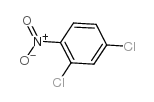
2,4-Dichloronitrobenzene structure
|
Common Name | 2,4-Dichloronitrobenzene | ||
|---|---|---|---|---|
| CAS Number | 611-06-3 | Molecular Weight | 192.00000 | |
| Density | 1.479 | Boiling Point | 258 °C(lit.) | |
| Molecular Formula | C6H3Cl2NO2 | Melting Point | 29-32 °C(lit.) | |
| MSDS | Chinese USA | Flash Point | >230 °F | |
| Symbol |

GHS07 |
Signal Word | Warning | |
| Name | 2,4-Dichloronitrobenzene |
|---|---|
| Synonym | More Synonyms |
| Density | 1.479 |
|---|---|
| Boiling Point | 258 °C(lit.) |
| Melting Point | 29-32 °C(lit.) |
| Molecular Formula | C6H3Cl2NO2 |
| Molecular Weight | 192.00000 |
| Flash Point | >230 °F |
| Exact Mass | 190.95400 |
| PSA | 45.82000 |
| LogP | 3.42480 |
| Index of Refraction | 1.5512 (78.1ºC) |
| InChIKey | QUIMTLZDMCNYGY-UHFFFAOYSA-N |
| SMILES | O=[N+]([O-])c1ccc(Cl)cc1Cl |
| Stability | Stable. Combustible. Incompatible with strong oxidizing agents, strong bases. |
| Water Solubility | 188 mg/L (20 ºC) |
CHEMICAL IDENTIFICATION
HEALTH HAZARD DATAACUTE TOXICITY DATAMUTATION DATA
|
| Symbol |

GHS07 |
|---|---|
| Signal Word | Warning |
| Hazard Statements | H315-H319-H335 |
| Precautionary Statements | P261-P305 + P351 + P338 |
| Personal Protective Equipment | dust mask type N95 (US);Eyeshields;Gloves |
| Hazard Codes | Xn:Harmful;N:Dangerousfortheenvironment; |
| Risk Phrases | R21/22;R43;R51/53 |
| Safety Phrases | S26-S36-S61-S36/37-S24 |
| RIDADR | 2811 |
| WGK Germany | 3 |
| RTECS | CZ5420000 |
| Packaging Group | III |
| Hazard Class | 9 |
| HS Code | 29049085 |
| Precursor 10 | |
|---|---|
| DownStream 10 | |
| HS Code | 2904909090 |
|---|---|
| Summary | HS:2904909090 sulphonated, nitrated or nitrosated derivatives of hydrocarbons, whether or not halogenated VAT:17.0% Tax rebate rate:9.0% Supervision conditions:none MFN tariff:5.5% General tariff:30.0% |
|
Control of the immune response to contact sensitizing chemicals by cutaneous antigen-presenting cells.
Br. J. Dermatol. 117(1) , 1-9, (1987) The fate of 2,4-dinitrochlorobenzene, a potent contact sensitizing chemical, and 2,4-dichloronitrobenzene, a non-sensitizer, was compared following their application to the skin of BALB/c mice. Althou... |
|
|
Contribution of caffeine and flavanols in the induction of hepatic Phase II activities by green tea.
Food Chem. Toxicol. 36(8) , 617-21, (1998) Aqueous extracts of green tea, at concentrations of 2.5. 5.0 and 7.5%, were administered to rats as the sole drinking fluid for 4 weeks. Hepatic glutathione S-transferase (GST) activity, determined us... |
|
|
Dose-response effects of lycopene on selected drug-metabolizing and antioxidant enzymes in the rat.
Cancer Lett. 154(2) , 201-10, (2000) The administration of lycopene to female rats at doses ranging from 0.001 to 0.1 g/kg b.w. per day for 2 weeks was found to alter the drug-metabolizing capacity and antioxidant status of the exposed a... |
| Nitro-2,4-dichlorobenzene |
| 2,4-DCNB |
| 1-Nitro-2,4-dichlorobenzene |
| 1,3-DICHLORO-4-NITROBENZENE |
| MFCD00007071 |
| 1,3-Dichlor-4-nitrobenzol |
| 4-Nitro-m-dichlorobenzene |
| 2,4-dichloro-nitrobenzene |
| 2,4-dichloro-1-nitro-benzen |
| EINECS 210-248-3 |
| 4-Dichloronitrobenzene |
| 2,4-chloronitrobenzene |
| 2,6-dichloro-3-nitrobenzene |
| 2,4-DICHLORO-1-NITROBENZENE |
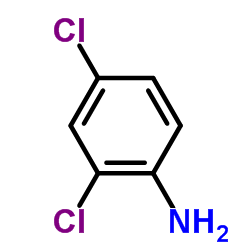 CAS#:554-00-7
CAS#:554-00-7 CAS#:2516-95-2
CAS#:2516-95-2 CAS#:342043-37-2
CAS#:342043-37-2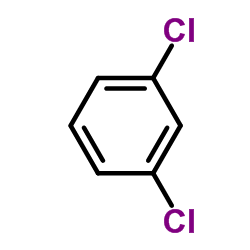 CAS#:541-73-1
CAS#:541-73-1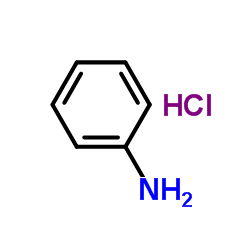 CAS#:142-04-1
CAS#:142-04-1 CAS#:98-95-3
CAS#:98-95-3 CAS#:5866-97-7
CAS#:5866-97-7 CAS#:1635-61-6
CAS#:1635-61-6 CAS#:13785-48-3
CAS#:13785-48-3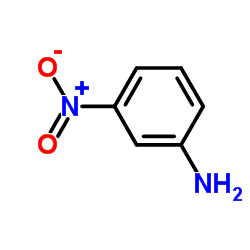 CAS#:99-09-2
CAS#:99-09-2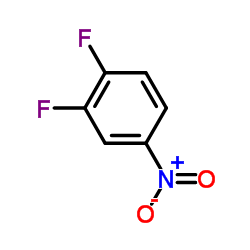 CAS#:369-34-6
CAS#:369-34-6 CAS#:4920-84-7
CAS#:4920-84-7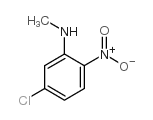 CAS#:35966-84-8
CAS#:35966-84-8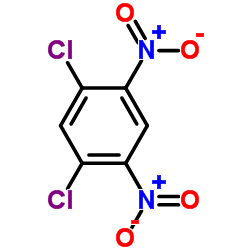 CAS#:3698-83-7
CAS#:3698-83-7 CAS#:53013-43-7
CAS#:53013-43-7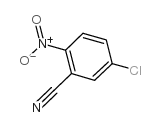 CAS#:34662-31-2
CAS#:34662-31-2 CAS#:43156-47-4
CAS#:43156-47-4 CAS#:14371-79-0
CAS#:14371-79-0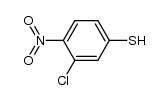 CAS#:119982-64-8
CAS#:119982-64-8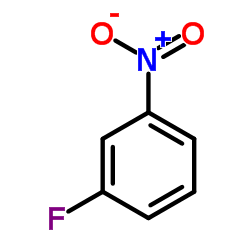 CAS#:402-67-5
CAS#:402-67-5
